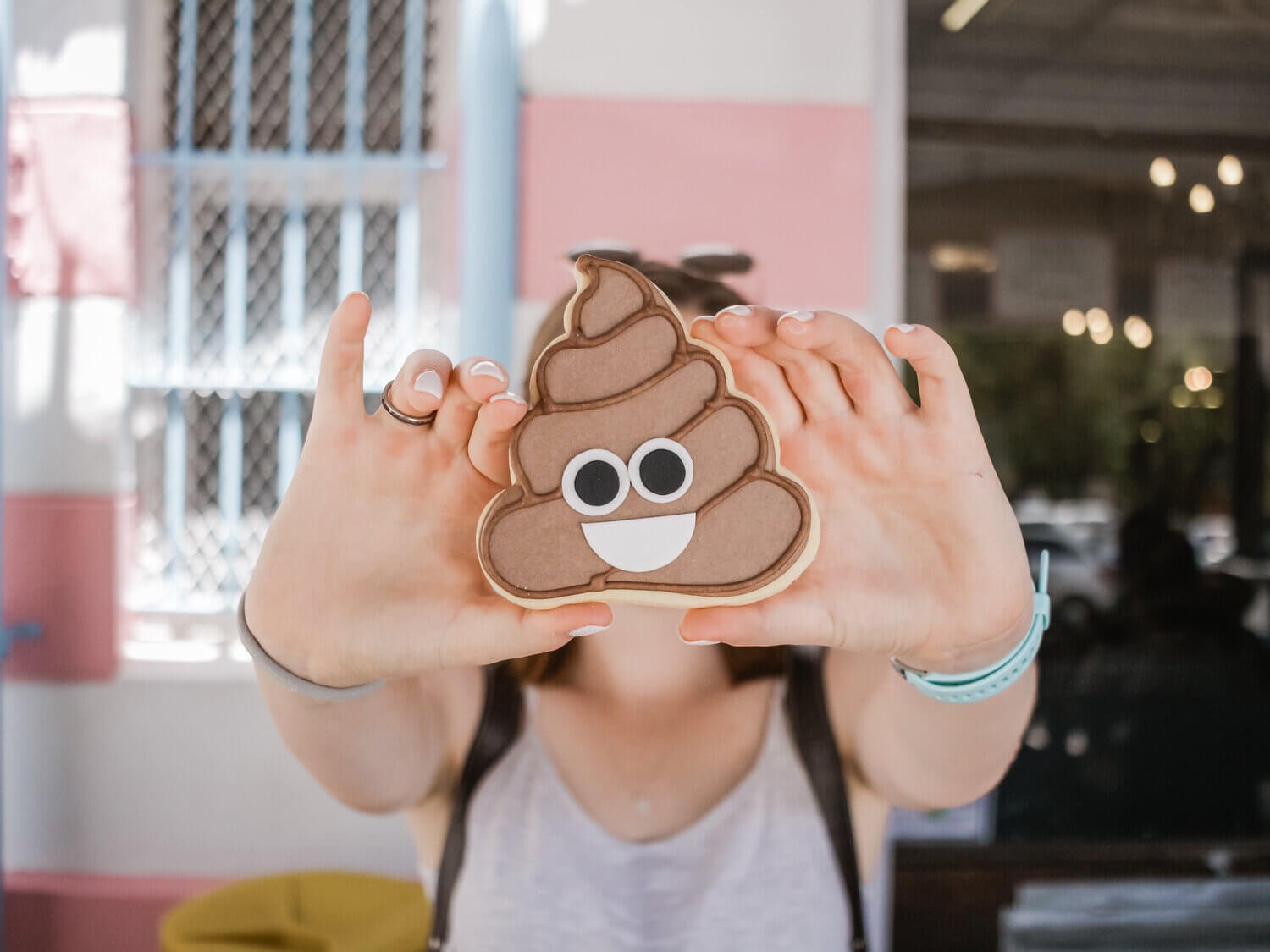Four steps to treating constipation without medication
You’re stopped up. You can’t go. When you do go you have to strain and it hurts and/or you have hard stools. Whether you are postpartum or not doesn’t matter constipation is uncomfortable at best, and is associated with pelvic organ prolapse at worst. It is definitely something to be addressed sooner rather than later. These days, if you go to your physician and you are likely to be advised to take Miralax.
Have you looked at the side effect list for Miralax?
Severe or bloody diarrhea
Rectal bleeding
Blood in your stools
Severe or worsening stomach pain
Bloating/gas/upset stomach
Dizziness
Increased sweating
I don’t know about you, but that doesn’t make me want to take it. I definitely do not want to take it long term. Without further ado:
Dr. Kate’s 4 steps to treating constipation
Fiber:
Fiber is often talked about in relation to stool consistency, for good reason. If there is not enough stool in your colon, then it will not move forward. Bulking up your stool ensures that your colon contractions can move things along. One important piece of information that is often not shared is that there are two types of fiber. Insoluble fiber bulks up the stool and helps it move faster through the colon. Soluble fiber binds stool together and makes it harder. . . not exactly the outcome you are looking for if you are already constipated. To learn more, check out this video:
Fluid intake:
Water is absorbed as your food moves through your small and large intestine from your stomach to your anus. More fluid going in means that your stool will be softer coming out. Now it starts to get complicated when we consider the fact that not all fluid can be considered equal. Water is truly hydrating, but tea, coffee, soda, and alcohol are dehydrating to the body. It seems impossible because they are liquid, but you have to compare the concentration of stuff to water in the liquid. The fact is these drinks have too much other stuff included means they do not have the same effect on softening your stool or hydrating the cells of your body. Ideally, you should be drinking half your body weight in fluid ounces and at least 2/3 of this should be water. Here are a few examples of that math.
If you weigh 150lbs - drink 75 ounces of fluid with at least 50 ounces of water
If you weigh 100lbs - drink 50 ounces of fluid with at least 33 ounces of water
If you weight 200lbs - the formula says drink 100 ounces of fluid with at least 66 ounces of water, this one is a bit more complicated because there is a max. Usually 80 ounces of fluid is enough, so 80 ounces of fluid with at least 53 ounces of water should be enough
Drink more if you are thirsty, but less than this could cause or exacerbate constipation.
Abdominal massage:
Constipation is likely to occur if your colon is not contracting frequently enough or effectively enough. By massaging your abdomen you can stimulate your colon to contract more effectively. There are a variety of techniques you can use. Some people like the I love you massage, others like to just massage clockwise, others do little circles in a clockwise circle or upside down U. I find a combination of kneeding, vibrating, stroking the abdomen to be most effective. This combination massage is what I teach my clients.
Sitting position:
By now, many of you have heard of the squatty potty. It was a pretty famous shark tank episode, but is it legit? YES. I could go into a long anatomy explanation here, but it will make more sense with visuals. Instead, check out the video:
As you address your own constipation monitor use the bristol stool scale to monitor your symptoms. This tool gives us language to describe stool texture so that we can easily visualize whether someone is constipated, has inflammation, or is healthy.
What do you think? Helpful? Did you try following these steps yourself? Have you been able to address your own constipation?
References:
https://www.drugs.com/miralax.html





